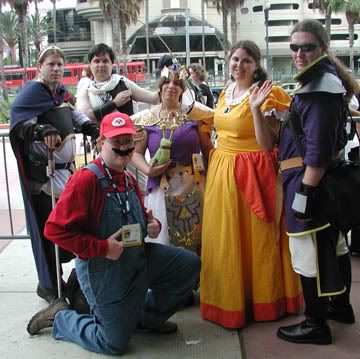History of The Nerd Part I #9: The Anime Invasion
Anime is a polarizing genre. If you are a fourteen year-old girl nerd, (or guy who wants to sleep with that fourteen year-old girl nerd) you love anime with a radical, religious fervor. You love the cuteness, the little furry animals, characters that yell everything they say, and most of all, you like dressing up as these characters at conventions. If you are anything like me, (and half of everyone that catches an anime movie or show) anime confuses you to such a frustrating boiling point that you want to make a personal quest to find the people who created it and spit on them. You are confounded by the stories, the fact that Japanese girls are drawn like white girls, the fact that Japanese guys are drawn like white girls, and most of all you hate it when people say you don’t get it because you “just don’t understand the Japanese culture” (GOD I HATE THAT!) It wasn’t always like that, though. Anime, once upon a time, was comprised of entertaining stories that not only made sense, but were also very clever. Also they didn’t feel like they were written by sex obsessed, furry fetishists that were way too into under aged teens. So today we return to a time when Anime was new to America and challenged the banality of our children’s cartoons. It was the start of the Anime invasion.
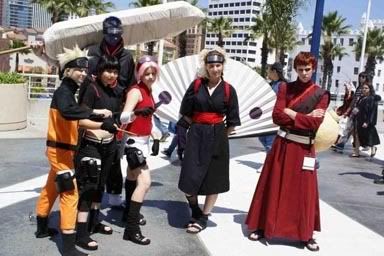
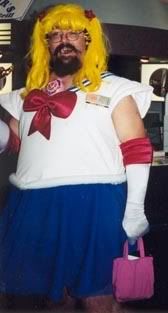
The Birth of Anime
In the beginning, there was darkness. Then when Dr. Osamu Tezuka drew, there was light. There was cartooning and comic books in Japan before Dr. Osamu Tezuka, but he was the man that created the first of what we would call Manga and Anime, earning the nick name “Father of Anime” or “God of Anime”. Inspired by American cartoons such as Betty Boop, Fleicher Toons, and Walt Disney, he would draw his characters with big eyes that would become the signature style of Japanese cartooning. So the real reason why Japanese characters always look white is because they were actually ripping off the honkeys. Dr. Osamu Tezuka’s most famous creation was Tetsuwan Atom, better known as Astro Boy. Tetsuwan Atom was the first animated TV show in Japan. It premiered in 1963 and lasted four seasons, an astonishing 193 episode run. The adventures of a half-naked robot boy were so popular that it caught the attention of the American television channel, NBC.
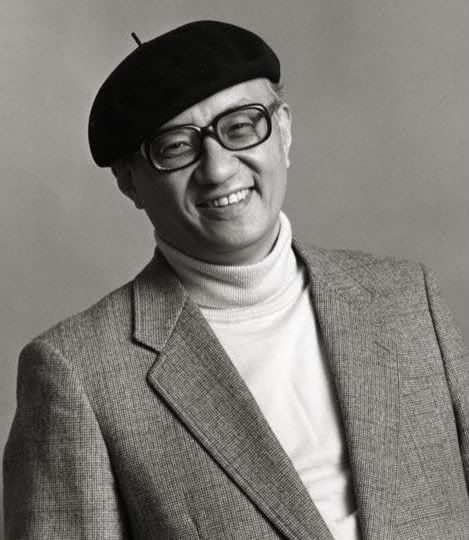
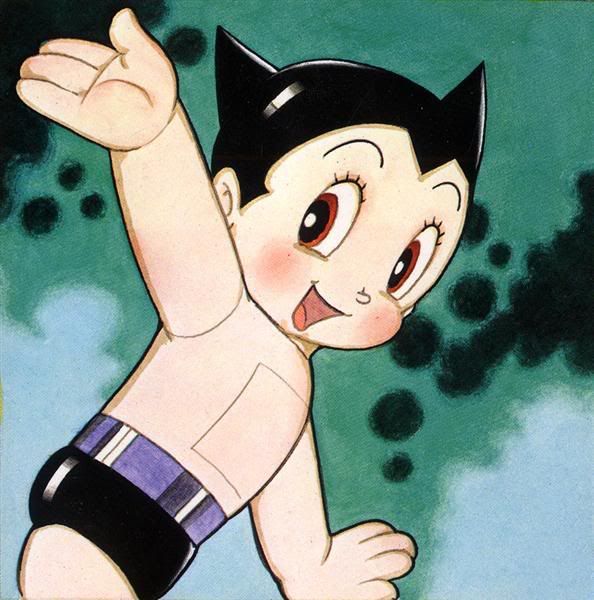
In 1964, NBC aired the program after much debate about the title. Tetsuwan Atom translated to “Mighty Atom” and producer Fred Ladd and NBC representatives thought it just wasn’t catchy or American enough of a title for a children’s program. They plunged the depths of their imaginations and came up with Astro Boy. This was an easy American fix. After all, there was a Superboy, a Boy Wonder and The Leather Boys. (Seriously, it was a 1964 British film drama about a biker gang that had a gay member. I’m not joking. Really.) So, why not an Astro Boy? 104 episodes were aired in syndication and became the highest rated show in syndication regardless of it being animated, children’s programming or Japanese. The success of Astro Boy paved the way for other Japanese shows to cross the Pacific Ocean and bomb American TV sets.
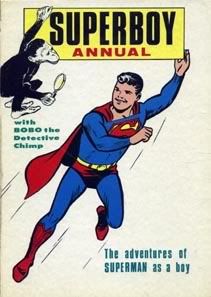
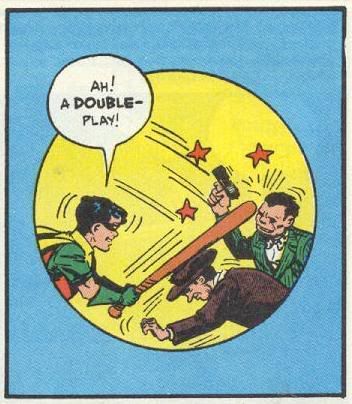


Another Osamu Tezuka show was brought over in 1966 named Janguru Taitei (Jungle Emperor) retitled Kimba The White Lion for the United States. Kimba was a story about a young lion prince whose father was murdered. After the murder he was exiled to a place far away from his ancestral home. He one day returned to his homeland to retake his place as emperor of the jungle. Sounds familiar? It should. In 1994, Disney was inspired by Kimba
The White Lion and made The Lion King. (By saying “inspired” I just mean they stole the idea.) They even named the main character Simba, which might as well be Kimba. Apparently Simba was originally also supposed to have white fur. This continued until one of the Disney animators spoke up and said “Not even our lawyers are that good!”

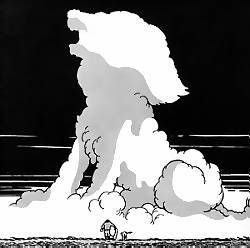
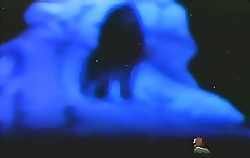
8 Man was renamed, slightly, as 8th Man and brought over in 1965. Tetsujin 28-go was released in 1966 in the U.S. as Gigantor. Mach GoGoGo aired in the United States under the less awesome title Speed Racer in 1967.
While these shows were hungrily lapped up by American networks, they never achieved the same success as Astro Boy. Anime fever died down a bit in the seventies where only two shows were brought over to American screens: Kagaku Ninja-Tai Gatchaman or Science Ninja Team Gatchaman, renamed Battle of the Planets in 1978, (Later renamed G-Force in 1986 and renamed again in 1996. I eagerly wait for the next renaming of the show the next time it airs) and then Space Battleship Yamato came in as Star Blazers, also in 1978. Both of these shows outside of Anime enthusiasts and Alex Ross are largely forgotten (because they kinda sucked). The golden age of Anime would have to wait until the 80’s, just like everything else that was geeky.
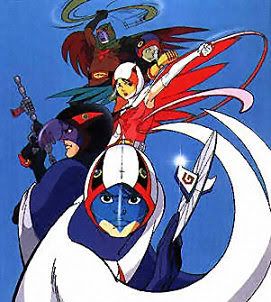

The Golden Age of Anime
In the 80’s, television producers realized the full potential for Japanese animated shows. They realized it was a lot cheaper to bring over shows from Japan than making them themselves. 21 anime shows were aired in America during the 80s. Sure, people have fond memories of Fist of the North Star, Gundam and Voltron, but the cartoon that made more Americans Anime obsessed more than any other was Robotech. Robotech, as we know it, never really existed in Japan because it was originally three different shows. Carl Macek originally wanted to bring the show, The Super Dimension Fortress Macross, over to the states for Harmony Gold USA, a television production and distribution company, but ran into a major problem. That problem was that, in 1984, for a show to be aired in American weekday syndication, television networks required a minimum of 65 episodes. Macross only had 36 episodes in total. Carl Macek decided to interweave three separate shows, The Super Dimension Fortress Macross, Super Dimension Cavalry, and Genesis Climber Mospeada into one massive science fiction saga. Each one of the shows would be one chapter of the saga. Each show represented a separate war between Earth and various aliens. At the heart of the entire series would be the fictitious fuel source called, “protoculture”. Each series on their own was fine, as far as stories go, but the weaving of the different generations of stories gave the series a richness that was never before seen in both Japanese and American television shows — animated or not.
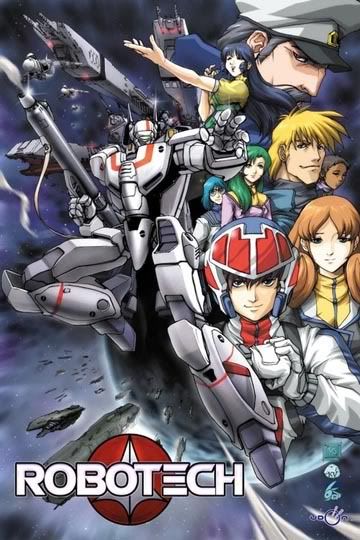


Anime in the New Age
Anime now is a force to be reckoned with. Anime use to be a genre with one shelf in a dark corner of an even darker comic shop, and now takes up its own section at Borders. By the year 2000, companies such as Pioneer, Bandai, ADVision, and manga publisher Viz Communications grew the industry to over $100 million dollars. Anime movies and programs generated and distributed by American companies like Walt Disney and the Fox TV Network are worth an additional $2 billion. Anime is the fastest growing segment in the video and DVD rental market. Also, half of ComiCon International, the world’s largest convention for geeks and nerds, is dedicated to anime fans. Today, it seems that in order for an animated show or movie be successful it needs to be made by Pixar or by the
Japanese, or at least look like it was made by the Japanese (Avatar: The Last Air Bender, anyone?).
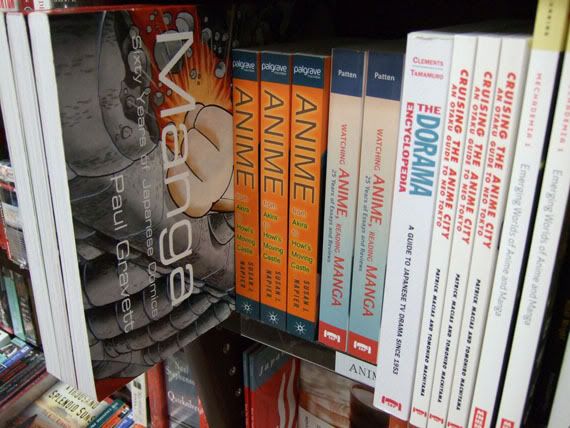
Anime is also enjoying a ride of critical praise wether the movie or show deserves it or not. Kind of like French films in the 60’s or 70’s, critics are afraid to criticize Anime productions for fear of being marked as someone not possessing the mental capacity to understand deep art. For every Cowboy Beebop (which is great) there is a Dragon Ball Z (which is terrible). (I am sorry but the show is nothing but screaming and fisticuffs. There isn’t any story or characterization, and why is it that when they turn into super-sayans they turn into blond-haired, blue eyed Nazis?)
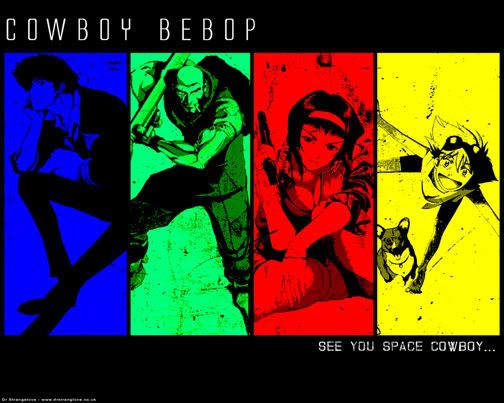
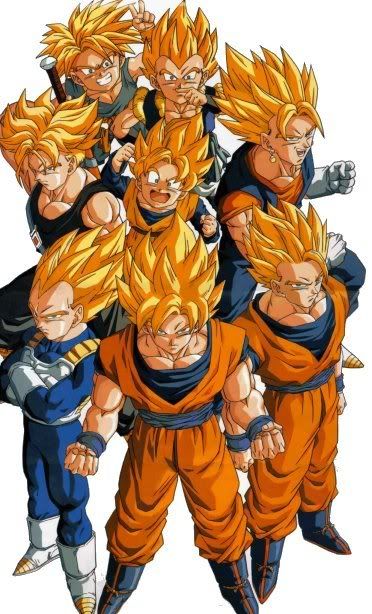
I hope as Anime rises in popularity that we will receive great animated movies and shows like Akira, Macross, and Battle Angel Alita. I hope we get shows and movies that tell great stories and present great characters. Most of all, I hope we get shows and movies that don’t star characters that just yell into a moving vaccuum of neon lights when they’re exicted, confusing the viewer into believing that the show is “good”.
